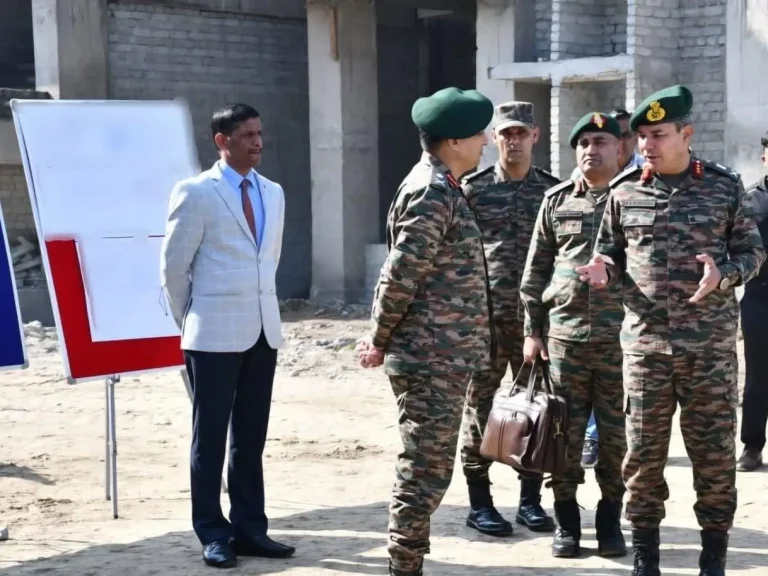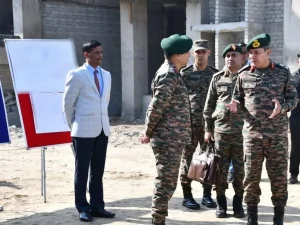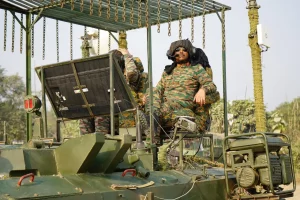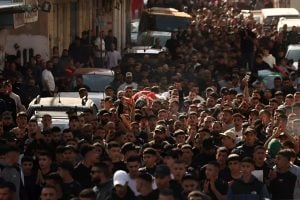A significant controversy has erupted following the tragic crash of an Indian Air Force (IAF) Tejas fighter jet, which resulted in the death of Wing Commander Namansh Syal during a performance at the Dubai Air Show. Major Taylor “Fema” Hiester, Commander of the U.S. Air Force F-16 Viper Demonstration Team, voiced his discontent on social media regarding the decision of the air show organizers to continue with the event’s flying schedule despite the loss.
In his Instagram post, Hiester made the difficult decision to cancel his team’s final performance, stating that it was done “out of respect to the IAF pilot, his colleagues and family.” He expressed disbelief that the air show proceeded as if nothing had occurred, noting the stark contrast between the celebratory atmosphere and the mourning within the IAF community.
“I expected the show to stop… It didn’t,” Hiester remarked, sharing that as he traversed the air show grounds hours after the crash, he anticipated a somber atmosphere and cancellations of displays. Instead, he observed preparations continuing for upcoming performances. This prompted discomfort as he imagined his team walking out to a lively rock track while the IAF was processing such a profound loss.
The crash of the Tejas fighter jet occurred during an aerobatic maneuver at Al Maktoum International Airport, with visuals of the aircraft spiraling down and subsequently bursting into flames. Reports indicate that the pilot was unable to eject in time, leading to an outpouring of grief not only within the IAF but across the wider defense community. Hiester also noted emotional tributes from various international teams, raising essential questions about air show protocols in the wake of fatal crashes.
Wing Commander Syal’s final journey began with his remains being flown to Air Force Station Sulur in Tamil Nadu, where they were honored with full military respect. A somber convoy, comprising both military and civilian vehicles, transported his body to his native village in Patiyalkar, Himachal Pradesh.
In a touching farewell, Syal’s wife, Wing Commander Afshan, saluted her husband while holding their six-year-old daughter, demonstrating the human cost associated with military service. His cremation was conducted with full honors, including a gun salute in Kangra district.
This incident has sparked a critical dialogue within global aviation circles regarding safety protocols, respect for fallen pilots, and the appropriate response for airshows following tragic occurrences involving military personnel. As the airshow community reflects on this event, the emphasis on honoring those who have lost their lives may lead to significant policy discussions about how such events should be managed in the future.


















